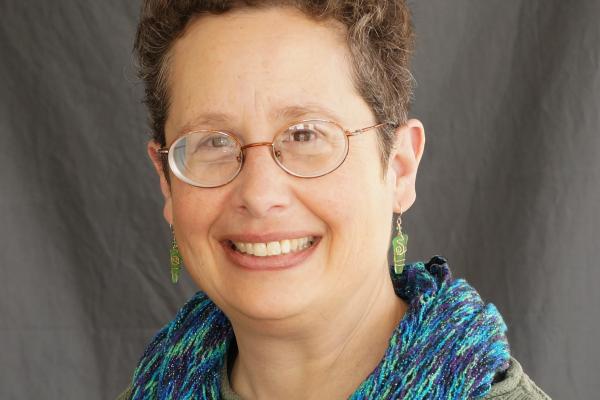
Dr. Letitia Naigles of the University of Connecticut will be presenting:
What Variability in Children’s Language Reveals about the Psychological and Neurological Processes of Language Acquisition: Evidence from Typical Children and Children with Autism Spectrum Disorder
Abstract: Language acquisition research usually focuses on when/at what age children ‘know’, for example, the grammatical constructions and lexical principles of their language. Variability in child performance has been considered to be noise, and/or a signal that better tasks/stimuli are needed. In this talk, I will argue that such variability is actually quite revealing of the processes of children’s language acquisition, in both typically developing children and children with Autism Spectrum Disorder (ASD). Language and communication impairments are considered to be an important deficit of ASD; however, it is not clear when during development these impairments emerge, nor the extent to which they can be attributed to impairments in core aspects of language per se vs. impairments in other social or cognitive processes. For the past decade, I have conducted a longitudinal study assessing the language development of a group of children recently diagnosed with an ASD, whose language comprehension was assessed using an innovative method for this population, Intermodal Preferential Looking (IPL). In this talk, I will discuss IPL and speech data examining these children's acquisition of grammar and vocabulary; I exploit their widespread variability to illuminate possible roles for social, linguistic input, and (most recently) neurological factors in their language development. I conclude by discussing the implications of these findings for advancing our understanding of autism and of language.
